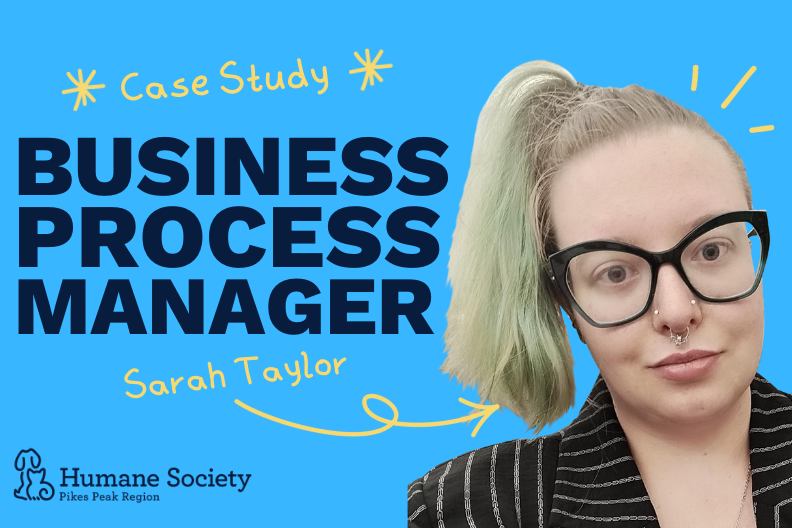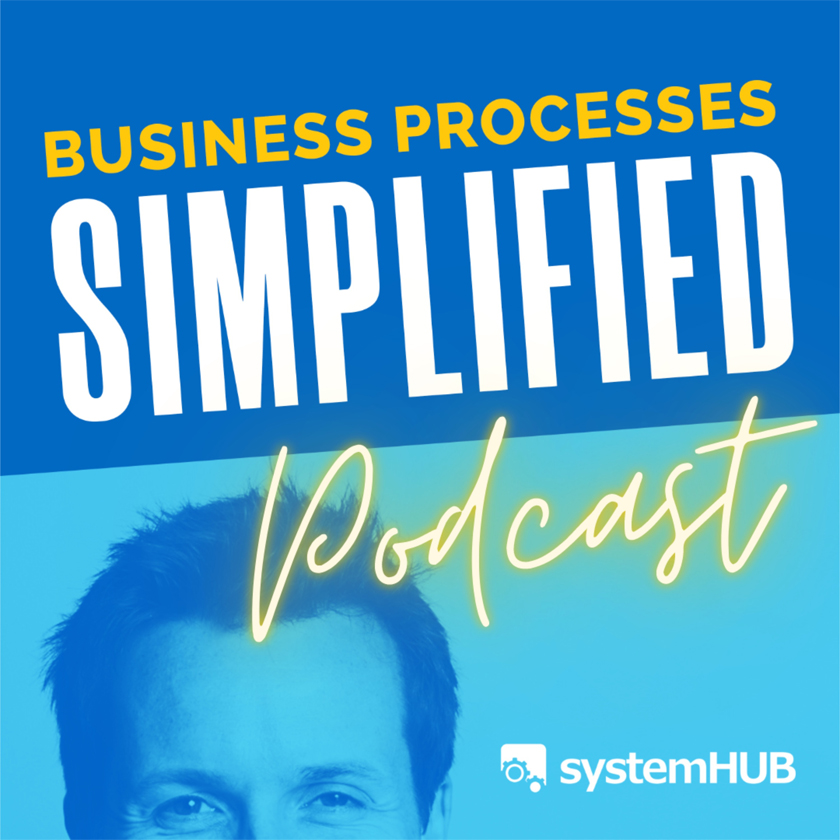Ever wondered how someone transitions from hands-on work to strategic systems leadership? Sarah Taylor’s journey from animal caretaker to Operations Training Manager at the Humane Society of the Pikes Peak Region shows exactly how to become a business process manager—even without a traditional business background.
The Challenge of Scale Without Systems
Managing 250+ staff across five locations presented unique challenges for the Humane Society. Sarah initially worked as an animal caretaker, directly caring for animals daily. However, when she moved to operations manager at their smaller location, she discovered critical gaps in their processes.
“We had lost our most senior staff member on the team who had also been our trainer. What we didn’t realize is that a lot of the training materials and stuff that they had used were with them,” Sarah explains. The organization faced inconsistent information sharing between departments and locations, creating confusion and inefficiency.
The Turning Point That Changed Everything
The breaking point came during a period of high turnover. Sarah recognized that relying on tribal knowledge wasn’t sustainable for an organization of their size. She began championing systems thinking around 2019-2020, even before taking on her current training role.
“I kind of started pulling the system side at that point and trying to get it going. So then it was just kind of a natural fit for it to continue to be a part once I took this role,” she recalls. This initiative positioned her as the natural choice when the Operations Training Manager position opened.
Building Systems Leadership Skills
Sarah’s transition to business process management involved several key developments:
- Developing detail orientation with big-picture thinking: Balancing thorough documentation with strategic vision
- Understanding diverse learning styles: Creating systems that work for desk workers and field staff alike
- Learning to package information effectively: Reducing clicks and simplifying access to critical information
- Building cross-departmental communication: Facilitating collaboration between different teams and locations
- Mastering change management: Supporting staff through the challenging transition to systematic processes
- Advocating for the systems role: Demonstrating value and securing organizational support for process improvement
Measurable Results Across the Organization
The transformation delivered concrete benefits across all five locations. Transparency increased dramatically between departments that previously operated in silos. Staff gained independence in problem-solving, accessing care sheets and procedures without management intervention.
“It took some of that reliance on management for those putting out fires that aren’t really fires, and being able to make them more aware and use their tools,” Sarah notes. The Humane Society of the Pikes Peak Region now operates with consistent processes across all locations, dramatically improving both efficiency and staff satisfaction.


Key Insights for Aspiring Process Managers
Learning how to become a business process manager requires specific skills and mindsets:
- “You need somebody who can be detail-oriented but they also need to be able to still understand the big picture”
- Balance technical systems with people needs: “You’re kind of the person that’s the middle ground of like tech and people”
- Expect significant upfront investment: “Make sure that you really are upfront with your staff that it is a very large endeavor”
- Celebrate small wins: Acknowledge progress like “your first policy, your first new hire through the systems”
- “There’s always room for growth and changing and getting better, but you get to see the longevity of the change you’ve made”
Sarah’s journey proves that business process management skills can be developed organically through hands-on experience, attention to detail, and genuine care for improving how teams work together.
“I think it’s very rewarding. I think it’s also something that we’re gonna continuously need,” she concludes. Her transformation from animal caretaker to systems leader demonstrates that the path to becoming a business process manager is accessible to anyone willing to champion better ways of working.
Ready to Start Your Systems Journey?
If Sarah’s story resonates with your organization’s challenges, you don’t have to figure it out alone! The SYSTEMology process provides the framework and tools that helped Sarah and her team transform their operations. Start building your systems leadership skills today with proven methodologies designed for real-world implementation.









